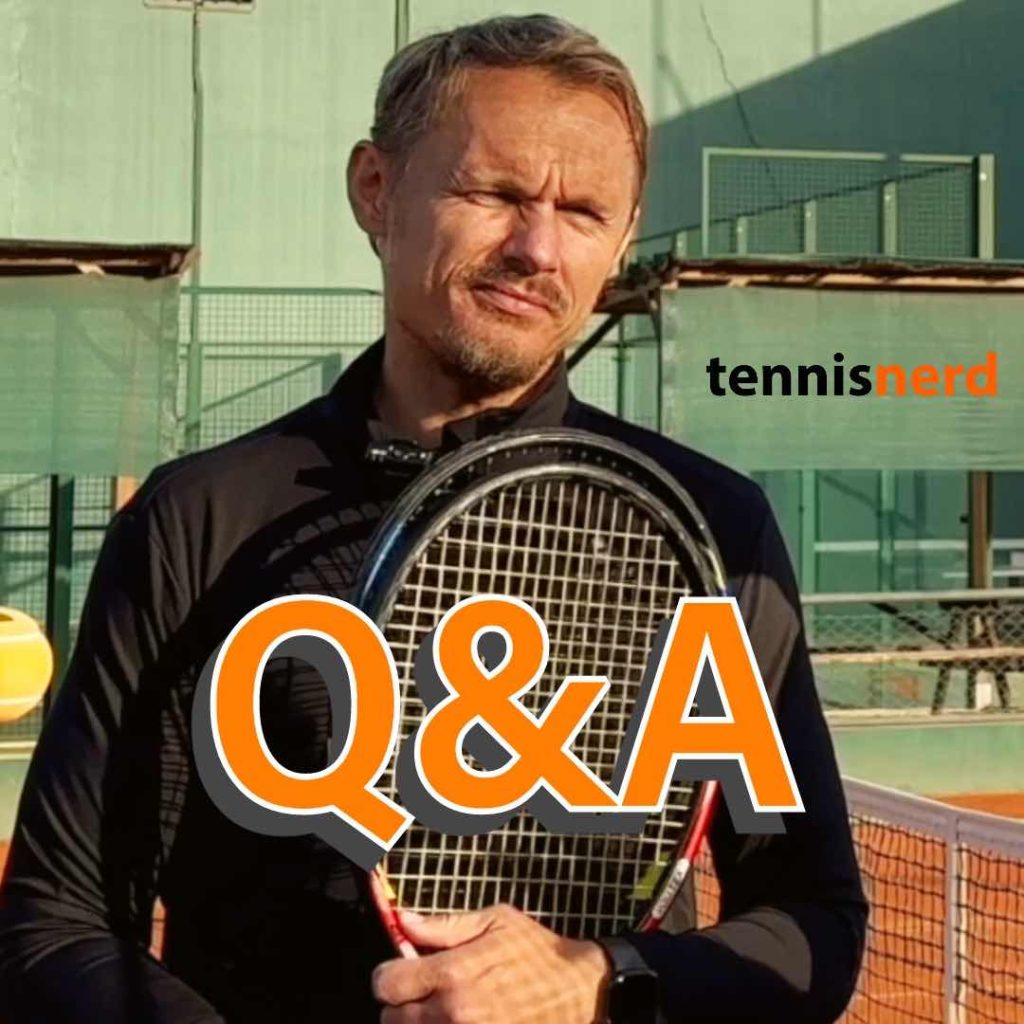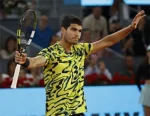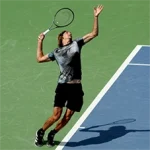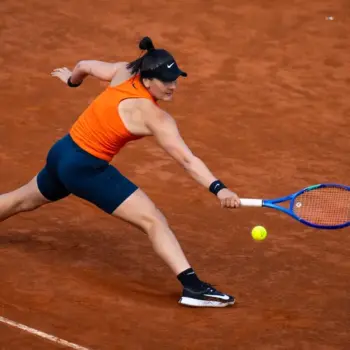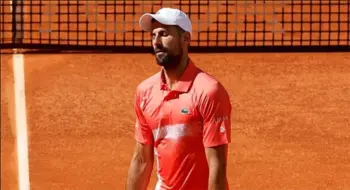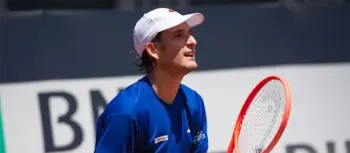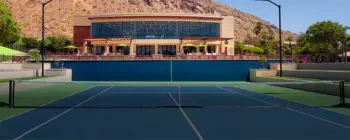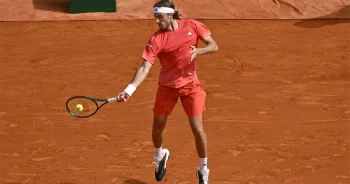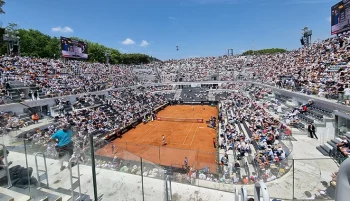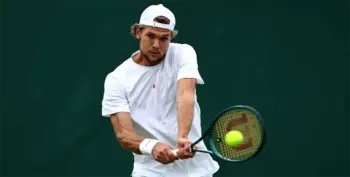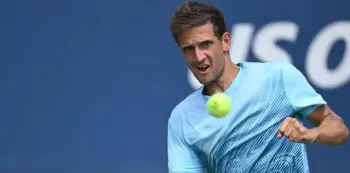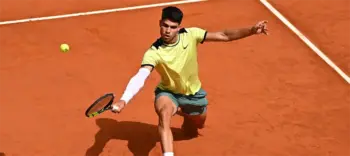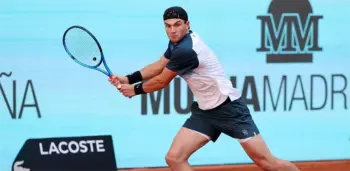I am working on a Tennisnerd Q&A for our YouTube channel. We have already done one for our members. Do you have a question?
The Tennisnerd Q&A format has been popular in the past, but sometimes I get overloaded with racquet and string questions and it is a bit much to deal with for one person. So the Q&A format is something that works well for.
If you need detailed help, consider purchasing a racquet consultation.
These are some of the questions I have received so far. This is part 1 of a multi-part series.
Q&A questions Part 1
The first question is from @porterdalton5621 on YouTube.
What got you into tennis in the first place?
I started playing tennis as a child around seven years old after watching a lot of tennis on TV. I grew up in Sweden, and Swedish tennis was in its prime with players like Edberg and Wilander in the 80s and 90s. I quickly got into the sport but did not like the group coaching format and went to other sports instead, like football and table tennis, and ended up playing chess for most of my childhood and junior years. It was first in my 20s that I got back into tennis and loved it more than ever.
I’ve been customizing racquets for myself and clients for a year or two. I generally focus on strings, grips, weight, balance, and swing weight. Is twist weight important enough to start measuring and adjusting, too? – @kylem.4114
Yes, you focus on the most important elements. Most players do not need to focus on twist weight, but if you are extremely specific about your racquet, then it plays a role. Some might wonder what twist weight is: twist weight is a measure of the racquet’s stability to resist twisting around the racquet’s long axis. If you hit a ball dead smack in the center of the head, the racquet will recoil but not twist around its long axis. Addind weight to the sides of the racquet, at 3 and 9 on the “racquet head” will increase twist weight.
This is an interesting way to measure twist weight if you have a swing weight machine.
As a fellow one-hander, do you think it is a disadvantage in today’s game and worth switching to a two-hander if feasible? I’m always curious what your thoughts have been on this. – Ryan Ream
You don’t see the one-handed backhand frequently on the pro level anymore. But it is hard to argue against the aesthetic appeal of the one-hander. However, when pushed on the defensive against heavy topspin players, it can turn into a liability as it requires a lot of strength and timing to be able to hit high balls with a one-handed backhand.
However, online coaches like Nikola Aracic claim that it is an easier shot to learn for a player who is relatively new to tennis. Changing your backhand is a big decision. You need to play with the shot that feels more natural to you, as tennis is difficult as it is anyway. I have pondered switching over to a double-hander many times before, but I end up trying to work on my one-hander as the transition feels too big. I think you can have a good enough one-hander to be a force on any level, so unless you feel great about the potential to develop a two-hander, I would stay with what you have and work on that.
What do you think about one of the best techniques to help you keep playing tennis injury-free for a long time? – @IrregularTangent
There are a few things I do to help my 40-year-old body stay relatively healthy and enjoy tennis without too much pain or strain.
Everyone seem to struggle from some small issues here and there, but if you can avoid the major ones, you should be happy.
Don’t overplay. I like to hit as often as possible, but make sure you give yourself some rest in between sessions. Sometimes it is better to say no, even though you feel like playing.
Go to the gym. Strengthening my body almost every day makes me feel better overall but also helps me prevent injuries.
Stretch. This you can do at home. I don’t do anything crazy, but some small mobility exercises and basic yoga has helped a lot.
Warm-up. I never start hitting cold (anymore). Have a jog, some light footwork and use some rubber bands to get the muscles going.
Eat well. I try to it a varied and healthy diet with nuts, seeds, meat and veg and try to avoid things like white bread and too much pasta. I still find it hard to say no to a beer here and there, but I am trying my best to find a balance.
Use suitable equipment. Don’t use racquets or string setups that make your arm heavy and sore after a session. Try to adapt to a more comfortable racquet.
These are some of the things I do. I will add and edit if I come up with more.
